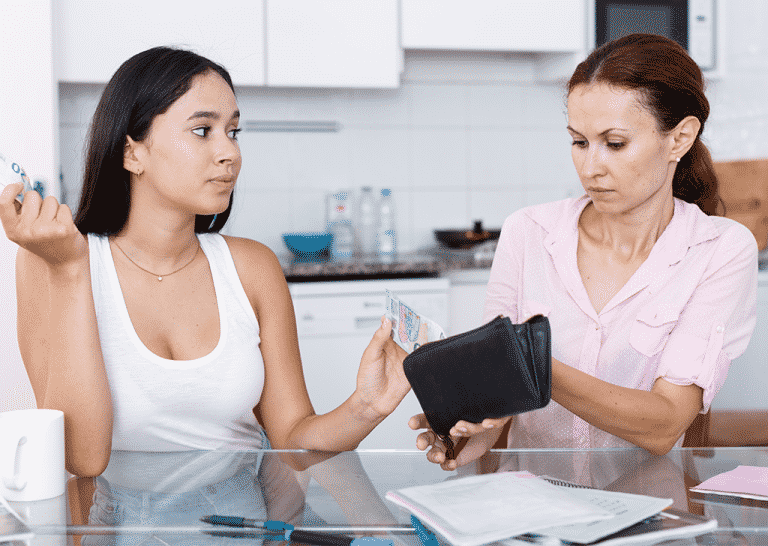Your enabler stop button can change your life
What is an enabler stop button? You are probably aware, or have heard, the concept of co-dependent/enabling. What you may not know is that there is a Stop Button, too. Who holds your stop button and when can you push it? Let’s explore.
What is co-dependent and enabling
These terms of codependent and enabling have been around a long time. They often are used together when it comes to addiction (of any kind) because in loved ones’ attempts to “help” their substance user, they get caught up in what the addict is doing (not literally but figuratively). They become part of the user’s playlist and unintentionally aid and abet the use.
Instead of helping you’re hurting yourself and others by not activating your stop button
Instead of helping the person out of the world of addiction, the helper inadvertently enables the addict to continue. As a mother of an addict, I tried numerous ways to help my son stop his addictive behavior. I’d help him “one more time” with rent of groceries. If he crashed his vehicle, I, or someone else, would help him secure another vehicle. What I thought was helping him get back on his feet, in reality, kept him from facing his problems, making him fix his own messes, or simply use the rent money I gave him for heroin instead.
Why do we keep enabling
I tried to stop my enabling, but I had no stop button. Each time, I said “this is the last time”. He knew there would be another time. Codependent/enabling is sneaky. It helps the enabler to feel they are helping, while at the same time, they have become codependent. Mothers are often the ones that fall into this trap. Fathers are typically not as emotional as mothers. Fathers are more likely to say “fix it yourself” and walk away. Whenever I look back to try to find that line in the sand where I crossed over from helper to enabler, I come up with a different result.
Codependency means I couldn’t detach from what I thought he was feeling and going through. It was my problem
Codependency is a topic discussed in many venues, by many groups, both formal and informal. This topic is part of every formal rehabilitative program and therapy session for the parents, patient, or friends; as well as during an “intervention”. We all recognize the inherent good that the enabler intended. But the overriding results is not good when it prevents the addict from stepping up to the plate and accepting responsibility. As many times as I placed my son in therapy (inpatient and outpatient), got him medical appointments, medications, etc., the end results apparently were that I derailed any success he may have achieved by “helping him one more time”.
My stop button wasn’t activated
I had no STOP button, or else I was blinded by my love for my son, and inactivated it. Instead, I used the GO button. My son—Josh—also had a stop button, but he didn’t use it. Was he using his go button dependent upon me using mine? In other words, because I didn’t use my STOP button, and instead helped him with rent, car, bills, or whatever; he didn’t have to use his. At any time, he could have said, “no”,” I need a different kind of help”. He needed the tough love help. I wasn’t tough enough to do that, and the one time I did, it was worse for me than him.
When is the right time to activate your stop button
Using the STOP button also depends upon the enabler letting go. The two have to work together to interrupt the codependent/enabler cycle. That’s the tough part. And I failed, and thereby failed my son. Letting go is terribly frightening. It’s like that dream where you feel like you are falling and with no stop in sight.
When you accept you’re not to blame for the addict’s choices or behavior
One tactic used by the addict when the codependent/enabler tries to say no, is the “blame game.” “It’s your fault I’m the way I am. Some tell the loved one that “I’m going to kill myself. I’m going to walk into traffic after work today.” Emotional people buy into this, whereas the unemotional see it coming and deflect it. Using the STOP button allows us to deny acceptance of any blame. It allows the loved one to tell the addict “no, you are this way due to your choice, and you can choose to be a different person any time you want.” We can tell them to ask for the type of help they need, not want. For help with co-dependency and enabling, check out Coda and Al-anon





















